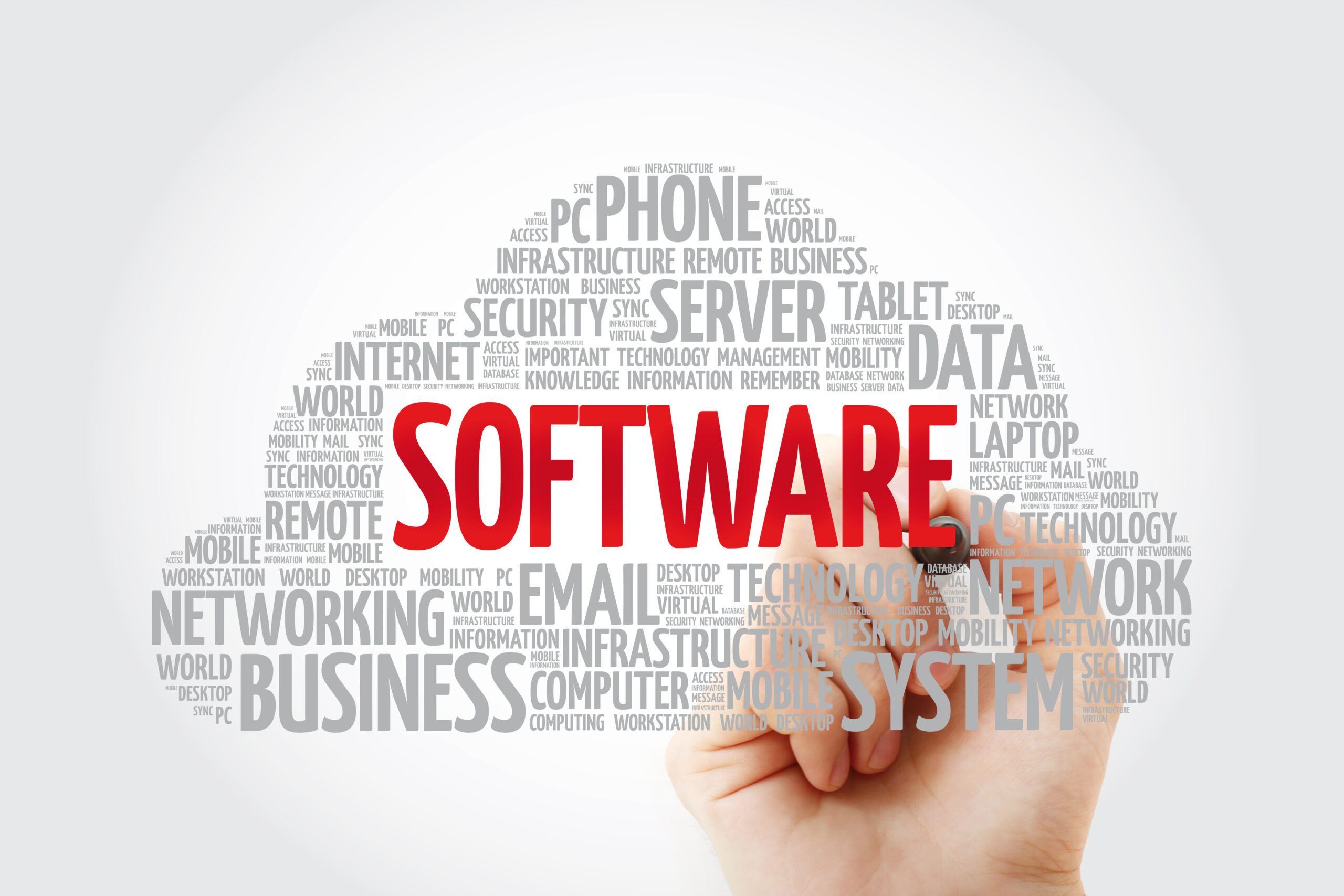Right-Size Your Software Selection Projects

There are many reasons that staff may want to replace an existing software system with a new system. When the decision has been made to consider other options, it is important to match the level of effort that goes into the software selection process with the level of risk that the change may bring to the organization.
While there is no precise science to application sizing, the following guidelines can be used for determining if your software selection project is a commodity, mid-tier, or complex.
Category #1 - Commodity Software Systems
Commodity software systems are easily interchangeable with other software of the same type. They can be implemented in less than a month and cost less than $10,000 annually. There are many SAAS (software as a service) options that fall into this category, and the risk of trying them is low for two reasons.
First, they are used by a narrow group of people in the organization, usually a single team or department. And second, they perform a task that is limited in scope. They can, but rarely include external customer-facing tools. Examples may include human resource tools, project management tools, video editing software, and social media management tools.
These software tools are most likely adopted with little to no involvement from the IT Department. Yes, it’s “shadow IT,” in a sense--- but not all shadow IT is bad. Because these systems are so easy to swap for another, the risk is low. Many times, they are budgeted for in the department operating budget.
Even if deployment and responsibility for the software are both in the hands of the department owners, the IT Department should have a basic awareness that the tool is in use.
Category #2 - Complex Mid-Tier Software Systems
Mid-Tier software systems bring a moderate level of risk. They typically take one to six months to implement and cost between $10,000 and $100,000 annually. In the association industry, these systems continue to support a small team or serve a specific business function. Complications arise when they need be integrated with other systems in use across the organization.
They may have an external customer-facing component to them. Commonly used association management tools that fall into this category are email marketing platforms, advocacy tools, session submission and selection platforms, event logistics, event registration systems, financial management systems, and board portals.
The rallying cry to replace these systems typically stem from the business end users. Considering their replacement tends to occur after staff turnover and when support issues with the vendor become a problem. Many times, the end users begin a software selection process without the involvement of IT.
A client recently asked me who should be the primary decision-maker when selecting these systems. Business users feel ownership because they use the tools hands-on to complete tasks assigned in their job descriptions.
These are often the most difficult selection processes for associations to navigate, but they need not create a turf battle.
These selections run smoothest when an inclusive and transparent process is used. If the organization is lucky enough to have an internal project management office, the process can be successfully managed by the PMO.
Another option is to hire an outside firm to oversee the selection process. Outside assistance can also bring industry knowledge and expertise about the type of system under consideration which can shorten the vendor research stage of the project considerably and provide objective insight.
Associations that have decentralized IT budgeting account for maintenance of these systems in the department operating budget and may factor the expense at a project level. Those with centralized budgets account for the expense in the IT budget. Implementation budgets may be capitalized depending on the scope.
Category #3 - Enterprise Software Systems
Enterprise-wide software systems are by nature complicated. They often have customer-facing components. They also support different lines of business across the organization such as events, membership, and sales.
They are high risk because they take more than 6 months to implement and cost over $100,000. Most often, we see ongoing licensing, hosting, and maintenance for these systems centralized in the IT operating budget.
Examples of these systems in the association industry are association management systems (AMS and CRMs) and content management systems (website software).
For the enterprise software systems, it is best to create an internal selection team of stakeholders from across the organization involving subject matter experts from each functional area.
It is common to bring in outside expertise to manage the process. Once implemented, these systems tend to be in use for many years because the implementations and data migrations are so complex and time-consuming.
"Even though the core process should remain the same, configure each software selection process to fit the size and complexity of your specific procurement."
Info-Tech Research Group
While the overall steps of a baseline software selection process are similar across the three categories, you can save time and money by tailoring the level of effort to the level of risk. Modify the scale and scope of the selection process to match the factors for each individual software procurement.



